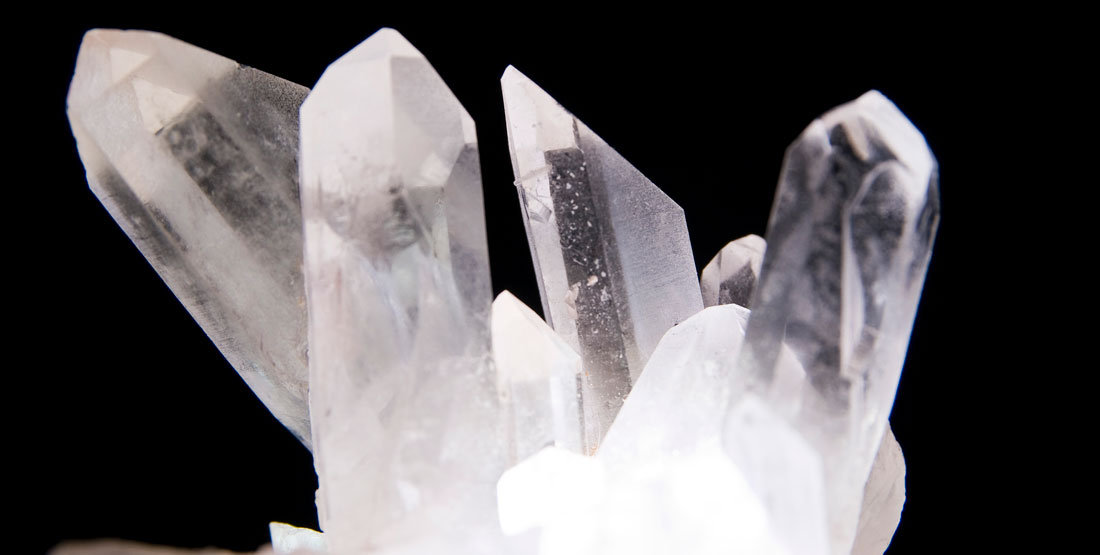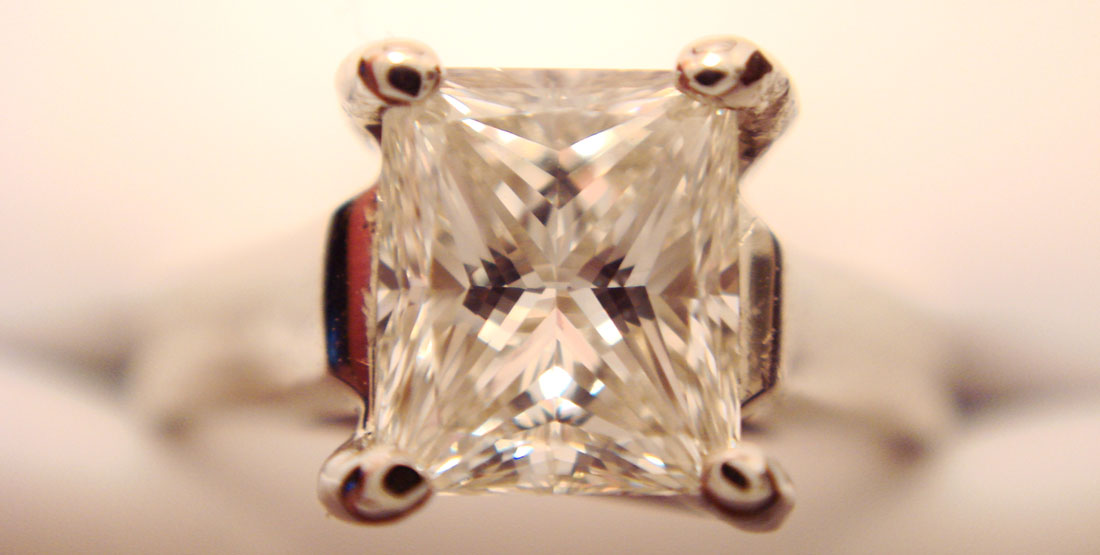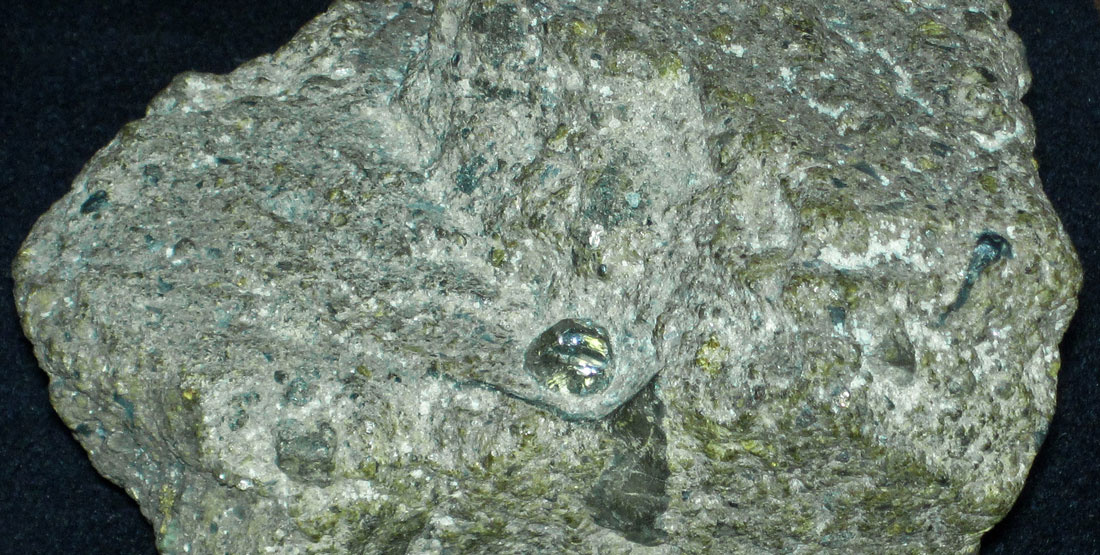History of diamond
Diamond is the most familiar gemstone and it has a rich and interesting history. Diamonds are known for their prismatic beauty and hardness, and they are highly valued for these and other qualities. At one time, it was even thought that if you took a diamond into bed with you, it would cure your illness!
Science of diamond
Diamond is a form of carbon with a tightly bound crystalline structure. It originates deep inside the Earth under intense pressure and high temperatures. Diamonds are brought up to the surface by very deep-seated volcanic activity. Diamond-bearing volcanoes are called kimberlies, and they erupted millions of years ago.
Interestingly, both graphite (used in pencils) and diamond are forms of carbon, but they have very different structures and properties: graphite is opaque and soft, while diamond is transparent and the hardest mineral on Earth. These differences occur because diamond crystallizes in the isometric system while graphite crystallizes in the hexagonal system.



